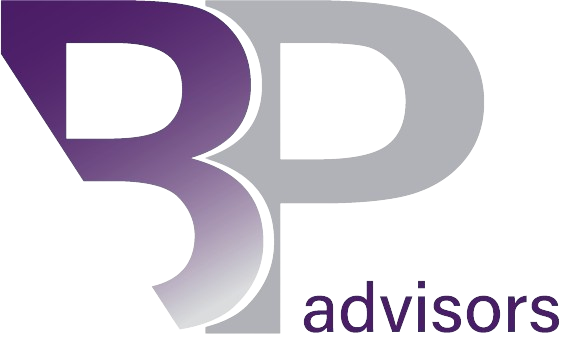

In the ever-evolving landscape of software development, the role of Quality Assurance (QA) has transformed into a proactive force, ensuring not just the absence of defects but the delivery of excellence. At the heart of this transformation lies Test Automation – a powerful tool that transcends traditional testing boundaries. In this exploration, we delve into the realm of Test Automation, understanding its significance, benefits, and best practices for harnessing its full potential.
Test Automation is the strategic use of technology to execute test cases and validate software functionality. It is a paradigm shift from manual testing, offering efficiency, repeatability, and precision. The goal is not merely to accelerate testing but to enhance overall software quality by detecting defects early in the development lifecycle.
Automated tests run faster than their manual counterparts, enabling swift execution and rapid feedback. Repeated test cycles, such as regression testing, can be conducted seamlessly, reducing time-to-market. Moreover, automation reduces the risk of human error, ensuring greater accuracy and reliability in the testing process.
Automation eliminates the variability introduced by human testers, ensuring consistent test execution. Precise validation of software functionality guarantees reliable and reproducible results. This streamlining of testing processes enhances overall efficiency and quality. Furthermore, automated tests can be easily scaled to accommodate large and complex software systems.
Automation facilitates testing across various configurations, operating systems, and devices, ensuring comprehensive coverage. This broad coverage helps identify potential issues in diverse environments. Moreover, automation enables simultaneous testing on multiple platforms, accelerating the detection of compatibility issues.
Early detection contributes significantly to the overall quality and cost-effectiveness of the development process. Furthermore, by identifying bugs early, automated tests foster a culture of continuous improvement, allowing for iterative enhancements throughout the development lifecycle. This proactive approach minimizes rework and maximizes efficiency.
Identify test cases suitable for automation, prioritizing scenarios that are repetitive, time-consuming, and critical to the application's functionality. Additionally, consider automating tests for functionalities prone to frequent changes, ensuring efficient regression testing. Automate tests for areas requiring extensive data input or complex validation processes to streamline testing efforts.
Foster collaboration between development, testing, and automation teams through effective communication, ensuring a shared understanding of goals and expectations. Encouraging regular meetings and cross-functional discussions further strengthens collaboration and facilitates the exchange of insights and ideas.
Invest in a well-designed test automation framework that provides structure, scalability, and maintainability to your automated tests. A robust framework is essential for effectively managing and executing test cases across various scenarios and environments. Moreover, a well-designed framework promotes consistency and reusability, optimizing the efficiency of your testing efforts.
Automated tests require ongoing maintenance to adapt to changes in the application. Regularly update test scripts to reflect modifications. Implement version control systems to track changes in test scripts and facilitate collaboration among team members during maintenance. Conduct periodic reviews to identify areas for optimization and enhancement in test automation processes.
While the benefits of Test Automation are significant, challenges may arise. Address these common obstacles to maximize the effectiveness of your automation efforts.
Choose automation tools that align with project requirements, considering factors such as application architecture, technology stack, and team expertise. Selecting the right tools ensures compatibility and efficiency in implementing automated testing strategies. Evaluate the scalability and extensibility of automation tools to accommodate future growth and evolving project needs.
Acknowledge that there is an initial investment in setting up automation; however, the long-term benefits far outweigh the upfront costs. While there may be upfront expenses and time investment, the efficiency gains, improved quality, and faster time-to-market achieved through automation yield significant returns over time.
Develop effective strategies for test data management to ensure that automated tests run consistently and produce reliable results. Implement techniques such as data masking, synthetic data generation, and data versioning to maintain data integrity and privacy while supporting comprehensive test coverage.
Automated tests catch defects in the early stages of development, preventing the escalation of issues to later, more expensive phases. Automated testing enhances overall product quality by providing rapid feedback to developers, allowing them to address issues promptly, and contributes to greater efficiency by streamlining the debugging process and facilitating smoother project workflows.
Test Automation is not merely a technological advancement; it's a strategic imperative for modern software development. Embrace it judiciously, aligning it with your project's goals, and witness a paradigm shift in the efficiency and reliability of your QA processes. As technology continues to evolve, Test Automation stands as a beacon guiding QA teams toward a future of unparalleled software quality.